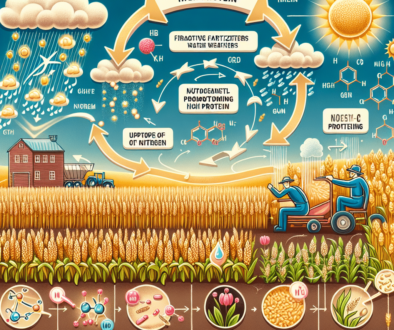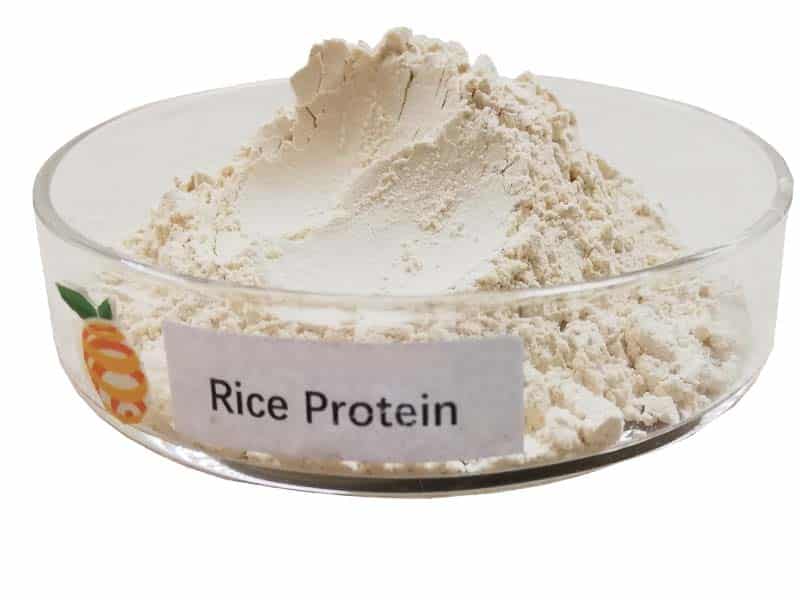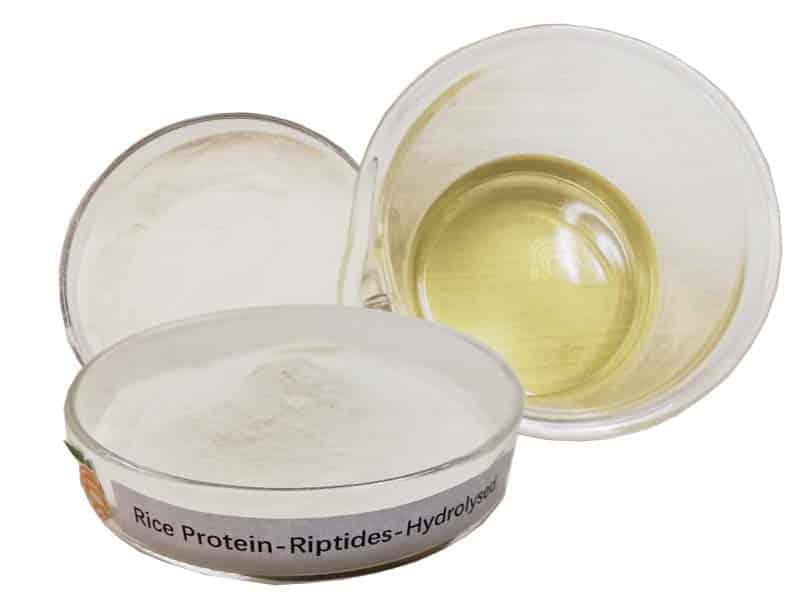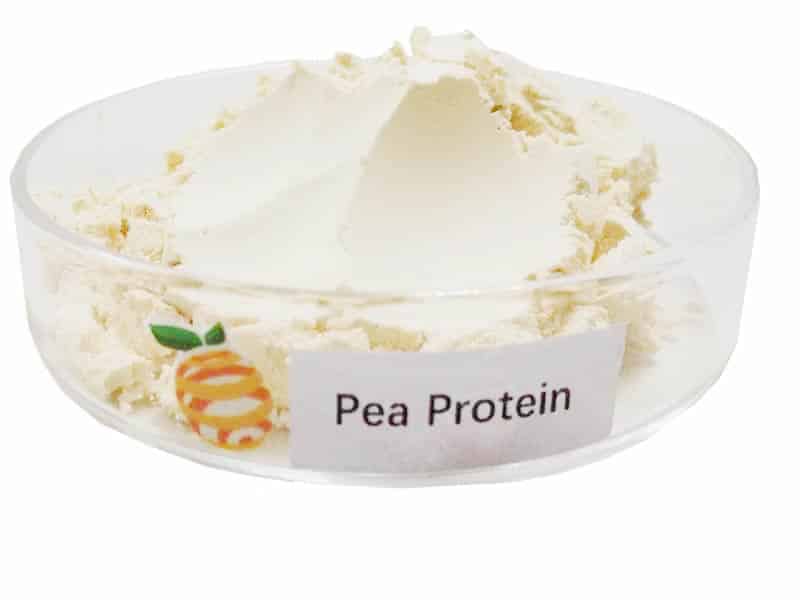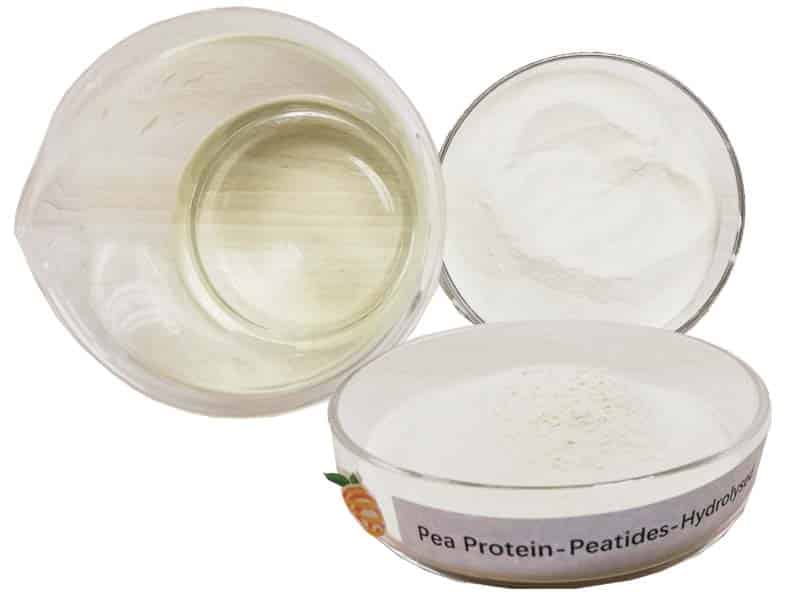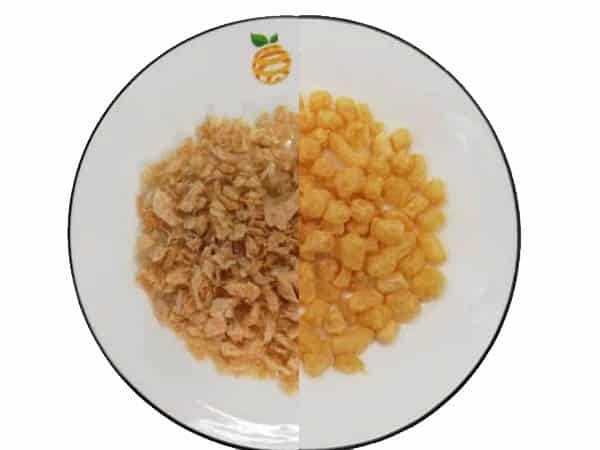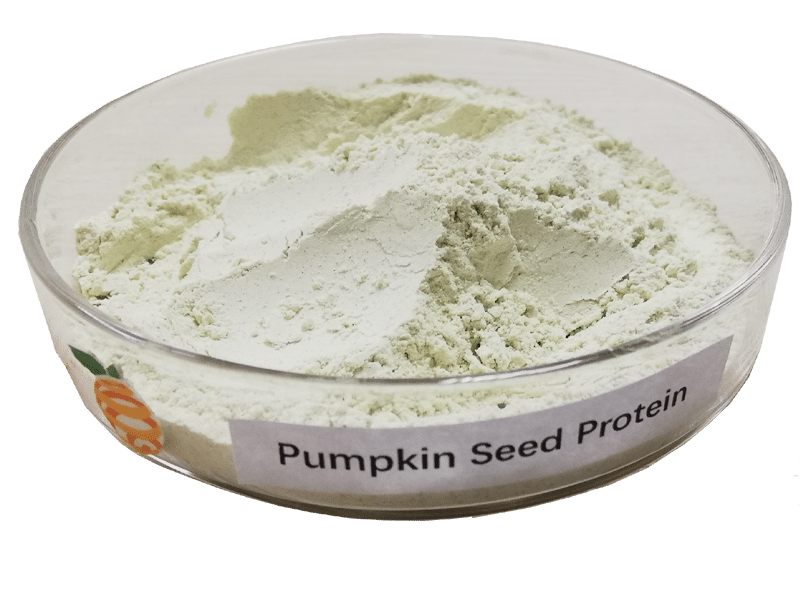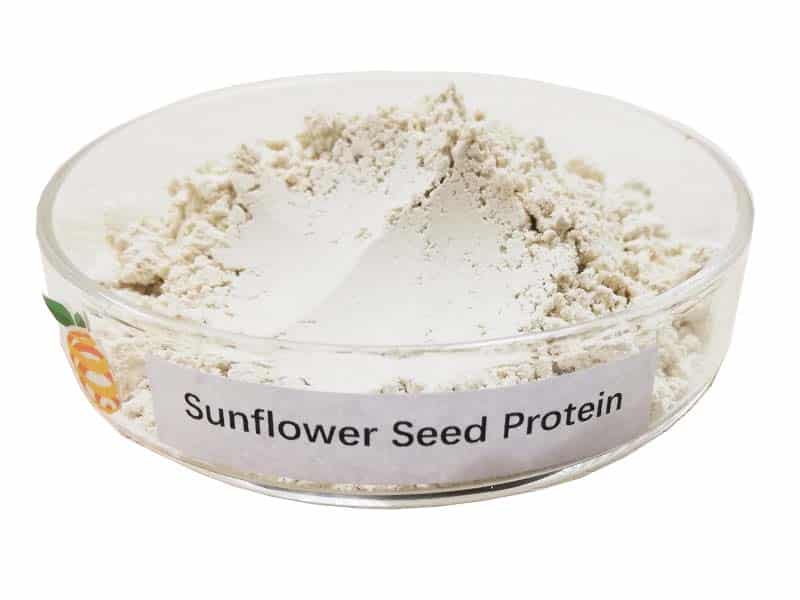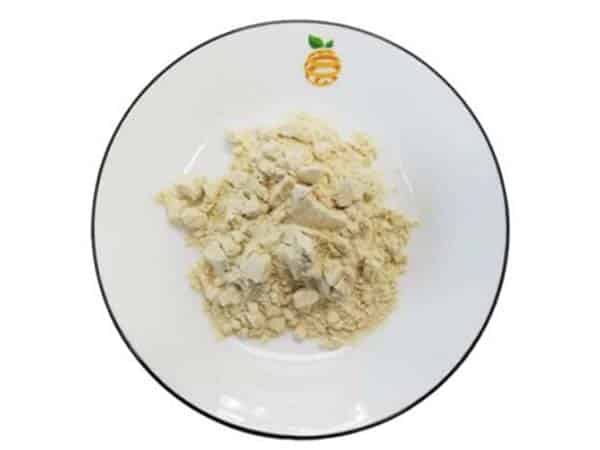What Does Textured Soy Protein Taste Like?
-
Table of Contents
- Exploring the Flavor Profile of Textured Soy Protein
- Understanding Textured Soy Protein
- The Basic Taste of Textured Soy Protein
- Culinary Uses and Flavor Enhancement
- Comparing TSP to Other Protein Sources
- Case Studies and Consumer Feedback
- Health Considerations and Nutritional Profile
- Conclusion: The Versatile and Adaptable Taste of TSP
- Discover ETprotein’s High-Quality Protein Products
Exploring the Flavor Profile of Textured Soy Protein

Textured Soy Protein (TSP), also known as textured vegetable protein (TVP), is a versatile food ingredient derived from soybeans. It’s a popular meat substitute among vegetarians and vegans due to its high protein content and adaptable nature. But what does textured soy protein taste like? This article delves into the sensory experience of TSP, its culinary uses, and how it compares to other protein sources.
Understanding Textured Soy Protein
Before we explore the taste of textured soy protein, it’s essential to understand what it is and how it’s made. TSP is created from defatted soy flour, a by-product of soybean oil extraction. The flour is processed under high temperatures and pressures to form a fibrous, spongy matrix that resembles the texture of meat. This process is known as extrusion cooking.
The Basic Taste of Textured Soy Protein
On its own, textured soy protein has a very mild, almost neutral taste. It’s slightly nutty and earthy but doesn’t have a strong flavor profile. This blandness is actually one of TSP’s strengths, as it makes it an excellent canvas for absorbing spices, marinades, and seasonings.
Culinary Uses and Flavor Enhancement
Due to its neutral taste, TSP is incredibly versatile in the kitchen. Here are some common ways to enhance its flavor:
- Marinating: Soaking TSP in flavorful marinades can infuse it with a variety of tastes, from savory to spicy.
- Seasoning: Adding herbs, spices, and condiments can significantly alter the flavor of TSP, making it suitable for different cuisines.
- Cooking methods: Sautéing, grilling, or baking TSP with other ingredients can help it take on complementary flavors.
Textured soy protein is often used as a meat substitute in dishes like tacos, chili, burgers, and stews. It can also be found in processed foods like veggie sausages, meatless meatballs, and vegan ready meals.
Comparing TSP to Other Protein Sources
When compared to other protein sources, TSP stands out for its adaptability. Unlike tofu, which has a distinct soy taste and a softer texture, TSP’s fibrous structure makes it more akin to ground meat. Seitan, made from wheat gluten, has a chewier texture and a slightly wheaty flavor. Legumes like lentils and beans have their own unique tastes and textures that may not always mimic meat as closely as TSP does.
Case Studies and Consumer Feedback
Many consumers who have tried TSP report that when properly seasoned, it can closely mimic the taste and texture of ground beef or turkey. In blind taste tests, some individuals have difficulty distinguishing between TSP-based dishes and their meat-based counterparts, especially when used in heavily spiced or sauced recipes.
Health Considerations and Nutritional Profile
Textured soy protein is not only valued for its taste and texture but also for its nutritional benefits. It’s a complete protein, containing all nine essential amino acids. It’s also low in fat and carbohydrates, making it a healthy choice for those looking to increase their protein intake without consuming animal products.
Conclusion: The Versatile and Adaptable Taste of TSP
In summary, textured soy protein has a mild, neutral taste that makes it an excellent meat substitute for those looking to explore plant-based diets. Its ability to absorb flavors and mimic the texture of meat makes it a favorite in vegetarian and vegan cooking. With the right preparation, TSP can be a delicious and nutritious addition to any meal.
Discover ETprotein’s High-Quality Protein Products
If you’re interested in incorporating high-quality protein into your diet, consider ETprotein’s range of products. They offer a variety of organic bulk vegan proteins that are characterized by a neutral taste and non-GMO, allergen-free attributes. Their L-(+)-Ergothioneine (EGT) products come in different grades suitable for various industries, ensuring that you can find the perfect protein solution for your needs.
About ETprotein:
ETprotein, a reputable protein and L-(+)-Ergothioneine (EGT) Chinese factory manufacturer and supplier, is renowned for producing, stocking, exporting, and delivering the highest quality organic bulk vegan proteins and L-(+)-Ergothioneine. They include Organic rice protein, clear rice protein, pea protein, clear pea protein, watermelon seed protein, pumpkin seed protein, sunflower seed protein, mung bean protein, peanut protein, and L-(+)-Ergothioneine EGT Pharmaceutical grade, L-(+)-Ergothioneine EGT food grade, L-(+)-Ergothioneine EGT cosmetic grade, L-(+)-Ergothioneine EGT reference grade and L-(+)-Ergothioneine EGT standard. Their offerings, characterized by a neutral taste, non-GMO, allergen-free attributes, with L-(+)-Ergothioneine purity over 98%, 99%, cater to a diverse range of industries. They serve nutraceutical, pharmaceutical, cosmeceutical, veterinary, as well as food and beverage finished product distributors, traders, and manufacturers across Europe, USA, Canada, Australia, Thailand, Japan, Korea, Brazil, and Chile, among others.
ETprotein specialization includes exporting and delivering tailor-made protein powder and finished nutritional supplements. Their extensive product range covers sectors like Food and Beverage, Sports Nutrition, Weight Management, Dietary Supplements, Health and Wellness Products, and Infant Formula, ensuring comprehensive solutions to meet all your protein needs.
As a trusted company by leading global food and beverage brands and Fortune 500 companies, ETprotein reinforces China’s reputation in the global arena. For more information or to sample their products, please contact them and email sales(at)ETprotein.com today.


